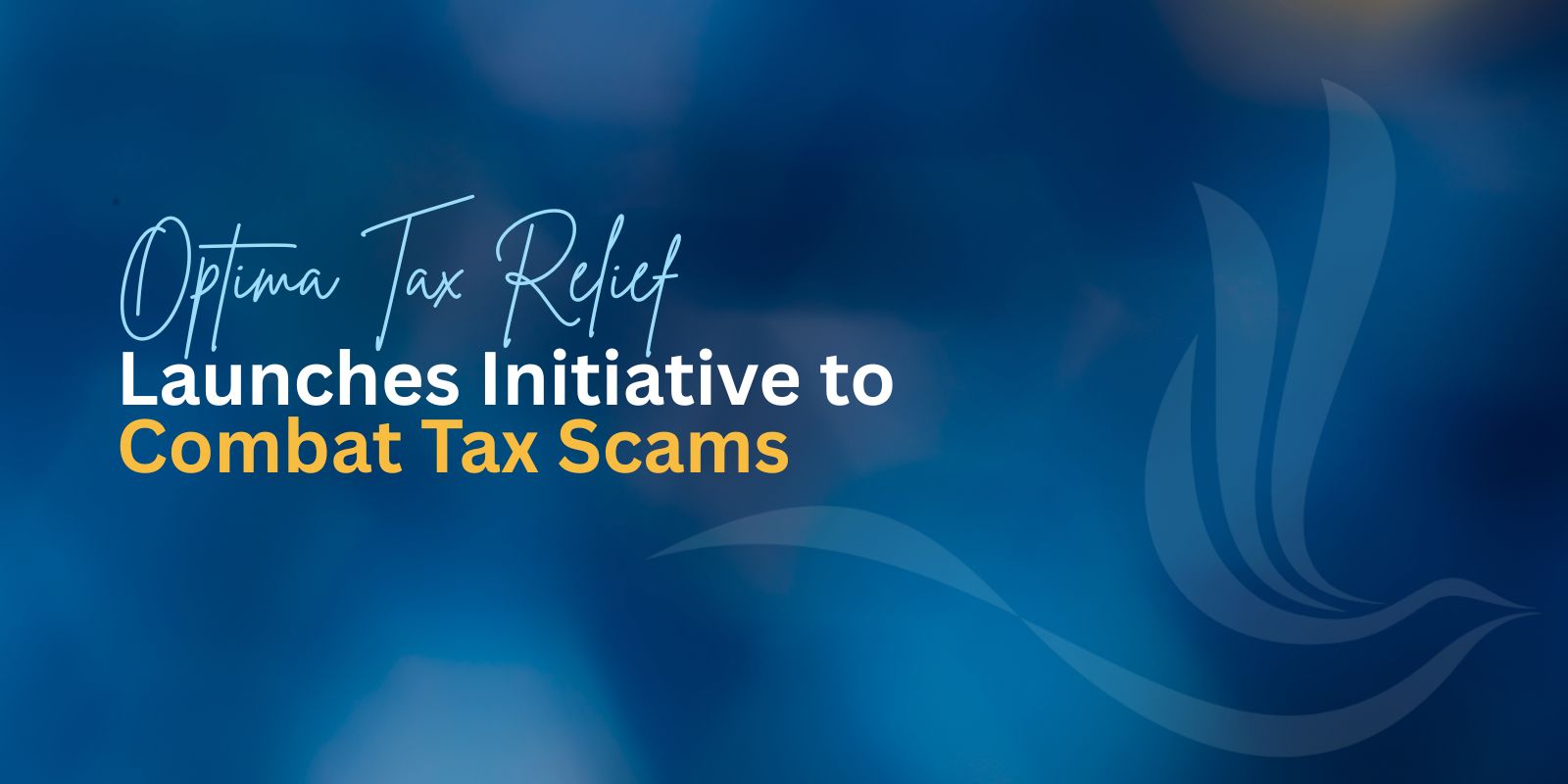Using cash-back cards and/or points cards have to be some of the simplest ways of generating passive income around today.
They’re fast to set up and easy to use, and the rewards can be substantial – especially if you’re savvy with the type of card you choose and how you use them.
To maximize the amount you can earn through cash back and points cards, you’ll need a strategy. And this article looks at the things you need to consider to ensure your cash-back rewards are optimized for you.
Cash Back Credit Cards vs Points Cards – What’s the Difference?
I’ll use both terms in this article, but it’s worth a quick note to explain what each type is and the difference in the way they reward you.
Cash Back Credit Cards
As the name suggests, cash-back credit cards give you cash back when you spend. Nice and simple. Sometimes debit cards/check cards offer similar ways to earn cash, often on things like household bills or selected retail partners. But for this post, we’re focussing on cash-back credit cards/points cards.
Cash-back credit cards reward users with percentages of cash back on purchases. Sometimes the rate is flat, and other times it varies depending on the type of purchase. So you’ll need to think about the things you spend your money on in order to really get the most out of using cash-back cards. More on that shortly.
Points Cards
These are similar to cash-back credit cards, but instead of cash rewards, points cards give you points instead. Examples include:
These points can then be swapped for many different things, such as:
- vouchers for specific stores
- discounts at various stores
- other types of points (for example, Avios)
Best Cash Back Credit Cards Methodology
Now that we’ve covered the difference between the two types of cards, let’s look at the best method of setting up this passive income stream for you.
This article is written with the assumption that you already have a credit card, but if not, the methodology below can easily be adapted.
If you do already have a credit card and it doesn’t offer cash back, then simply by changing your card to a cashback/points card, you can earn passive income without changing your spending habits at all. Not all banks provide cards with this feature, so you may need to move to a different credit card issuer.
Before you do that, though, it’s worth spending just a few minutes thinking about the best cash back or points card to get in order to maximize your rewards.
Even if you already have a cash-back credit card (or one that offers points rewards), these next steps can help to ensure that you’re really getting the most out of this passive income strategy and help you to decide if the card you currently have is really the best one for you.
Step 1
The first step is to really analyze the way you currently use your credit cards(s) and make a list of all the places you spend at. Once you’ve done that, look through the list of places to see if they can be grouped into specific categories (i.e., grocery, travel, eating out).
Step 2
Next up, take a look at your monthly spending on other purchases outside of your credit card. Where else do you spend, and how do you pay for the goods/services?
For example, when shopping in grocery stores, do you pay for your groceries using cash? Or maybe you pay for your gas/fuel through your checking/debit account?
For any regular monthly spends that you have that are not on a credit card, write them down in a separate list and look to see if you could switch those spends to be on a credit card instead.
If there are some that can be moved over, add them to your earlier list under the relevant category.
Step 3
Now analyze your findings to see where the majority of your credit card spending would be.
When you look at your results, is there a spending category that is much higher than the others? Do grocery store purchases make up a large proportion of your monthly spend? Or maybe you do a lot of road miles, and your gas expenses form the bulk of your spending…?
If there is a clear winner, then it means you will have a good idea of what to look for when you choose your rewards card in order to maximize your rewards.
If not, and the areas are all pretty equal, then you need to ask yourself one simple question – are you likely to make any big-ticket extra purchases (including travel) in the next few years?
If the answer is yes, then add those items to your list and see which spend category they fit into. If this helps to give a leading category, then that will help you to decide as we move through this process.
And as we’ll see shortly, bonus categories can make a big difference to the end results.
Cash Back Credit Card vs Points Card
With the information you now have from your list, at this point you need to make a decision as to which type of card you want to apply for. To help you decide, let’s look at two quick examples.
Spending $1000 Per Month On A Cash Back Card
In this example, you’ll get:
- a sign-up bonus rate of 5% on the first 3 months if you spend at least $1000.
- a flat rate 1.5% cash back across all eligible purchases after that.
So, spending $1000 per month, means you’ll get credit card rewards of $150 on your first 3 months and $135 on the other $9000 spent over the remainder of the year. This would give you cash rewards of $285.
Spending $1000 Per Month On A Points Card
And in this example, you’ll get:
- 20,000 bonus points for signing up if you spend at least $1000 in the first 90 days (which from your $1000 per month spend, you obviously will).
- 1 point for every $1 spent
- In real money terms, 1 point is worth $0.01.
So, in 12 months, you’ll spend $12000 and earn 32000 points (including the 20,000 points sign-up bonus). If we multiply 32000 by 0.01, we can see that those points are worth $320.

In the above examples, you can see that the points card offers better returns than the cash rewards credit card. So when looking, it’s important to know what the value of the points rewards is in actual cash terms.
Shop Around For The Card That Suits Your Spending
Now that you’ve looked at your current spending habits and know what to compare, as illustrated in the examples above, it’s time to find the card that will reward you the most. If you consistently spend more in grocery stores or at gas stations, then search online for the cash back cards and points cards that reward those purchases the most.
For those with no clear leading spend category, there is good news. Some card issuers will offer a higher rate of cash back on whichever eligible category you spend most in within a given billing category. The CITI Custom Cash Card, for example. This is also great if your top spend is likely to fluctuate between different categories each month.
It’s really worth taking the time to properly research and compare the offers.
Some Things To Look Out For:
Points can’t usually be transferred into Real cash
Instead, points can be spent at various retailers for a cash value, but you won’t actually have the cash in your hand, just points to exchange for goods or services.
Minimum spend
Be aware that in order to get the cash back rates, some card issuers require a minimum spend. Make sure your current or predicted spending habits will allow you to hit that threshold.
Sign up Bonus
Lots of credit card issuers offer a sign up bonus. For point cards, this is usually a stash of points that are added to your statement credit. For cash-back cards, the bonus can be a higher cash-back rate for the first 3 months as long as you spend a certain amount in that time frame. This bonus rate then drops down for all other purchases made after that intro period ends. Refer back to your spending habit research and make sure you will hit the criteria.
Annual Fee
0% intro annual fee – check to see how much the card is going to cost you after that intro period ends. It’s worth pointing out here that just because a cash-back credit card or points card has an ongoing annual fee, it still may generate more passive income than one without. If the higher cash-back rates and your spending habits align, you may be better off paying the fee.
Flat Rate Cash Back
If you prefer to keep things simple, then a flat rate cash back card could be the best option for you. Flat rate cards give a fixed percentage amount back from all your purchases, so it doesn’t matter what you buy.
Let’s say your flat-rate card gave you 1.5% cash back on every purchase and that your average monthly credit card spend was $2000. In this example, your cash-back card would give you $30 per month, or $360 per year.
How To Maximize Your Cash Back Rewards
There are a couple of very powerful ways to maximize your rewards, from cash-back credit cards or points cards.
Look Out For Bonus Cash-back Offers
If you know you’re going to be spending on some high-value one-off purchases (like those big-ticket items mentioned earlier), then looking for a cash-back credit card that offers better rates on bonus categories rather than a simple flat rate might be the better option for you.
Let’s say the base rate of interest on your cash-back credit card was 1%. And let’s stick with the $2000 per month spent; then you’d get $20 per month back. But if there were bonus category offers on your card, you could boost your cash-back rewards considerably.
Let’s imagine you needed to buy a new TV. You’ve seen one for $800, and your cash-back credit card is offering a 10% bonus for any purchases made that month in the technology category. That’s $80 back in one go. Using bonus categories in this way is a great way to skyrocket your earnings.

Check any rotating categories that give bonus offers for the month. As tempting as it is, though, don’t buy for the sake of buying just to get the reward. Only buy if there is something that you were genuinely thinking of buying. If a bonus reward then appears for your card for a higher slice of cash back that month, it makes sense to buy it while the offer is on and to maximize those cash-back rewards.
ALWAYS Pay Your Card In Full To Avoid Fees
Remember here though, that you should always ensure you can pay that bill at the end of the month. We’re trying to make passive income, not accumulate interest fees!
There’s no point in generating a healthy slice of passive income for yourself only to blow it all away (and more) on interest fees and late payment charges. The way you manage your credit card is as crucial as the type of card you choose to use.
Credit cards can be a very dangerous thing in the wrong hands. So don’t be a dumbass like I once was and accrue a hefty credit card bill that takes years to pay off. The fact that you’re reading this suggests you’re much smarter than I was then, but credit cards can still be a slippery slide if used incorrectly. The golden rules are:
- don’t overspend
- pay your statement bill on time and in full every billing period
One strategy I use to make sure I don’t overspend is to transfer each transaction amount I make on my cash-back credit card into a holding account. Then, when the credit card payment is due, I know I have it covered.
How Cash Back Credit Card Rewards And Points Rewards Are Paid Out To You
This entirely depends on the card you take out. Cash earnings can be paid to your current/check account, or they can be used against your credit card statement. If you’re looking to use cash-back credit cards to earn passive income, then having the money paid into an account rather than deducted from next month’s credit card statement is the better option.
Points will be paid into a points account, and from there, they can be exchanged.
The Best Ways To Use The Cash Back
When you receive your money from your cash-back credit card, what should you do with it? This will depend in part on what your aims are. Here at Dumb Passive Income, we talk about the three main reasons for incorporating a passive income strategy into your financial plan. They are:
So, if you have a pot of credit card rewards built up and want to do something with it, then for each of the above, your options could include:
Loved Ones
Invest cash-back rewards into high-interest savings accounts or bonds to earn interest on your cash back. You can do this even if you have a points card rather than a cash-back card. How? Whenever you redeem the points for goods or services, you can put the equivalent amount in cash that you spent in points (and therefore saved in real cash terms) into a high-interest savings account.
Putting money into savings accounts is safer, so you know that if your loved ones need the money at any point, then it will be there for them.
Retirement
Invest earnings from your cash rewards credit card into dividend stocks to further consolidate your passive income. Reinvesting those dividends for maximum compounding effect will really magnify the effects of your passive income strategy.
Abundant Lifestyle
If your passive income strategy is all about living an abundant lifestyle, then cash-back cards can really help you to do that. If you’re spending more anyway, then you’ll earn more rewards. You can then use those rewards to do more of the things that make you happy in life. This can be something as simple as regular meals out with friends and loved ones or as extravagant as lavish vacations abroad.

Points reward credit cards are especially great for earning points that allow you to travel cheaper – or even for free if you have accrued enough points.
Conclusion
Rewards credit cards are a great way to earn cash, be that through points or actual cash back.
If you’re not already using cash-back credit cards or points cards, then make this top of your to-do list – it only takes a few minutes, and the rewards soon add up. Points rewards or cash rewards from the combined purchases of your regular day-to-day spending habits can really add up over the course of a year.
Just remember when choosing a cash-back card or points card… to look out for the annual fee. Some card issuers will give you a zero annual fee for the first year but then charge after that. And unless your spending habits mean it’s worth taking that hit, then you’ll want to opt for a card issuer that doesn’t charge an annual fee.
And keep an eye out for any rotating bonus categories that fit in with your planned spending – bonus rewards mean bonus cash and can really give your passive income a boost.
Related read: 27 of the Best Passive Income Ideas for Everyday People
Publisher: Source link











